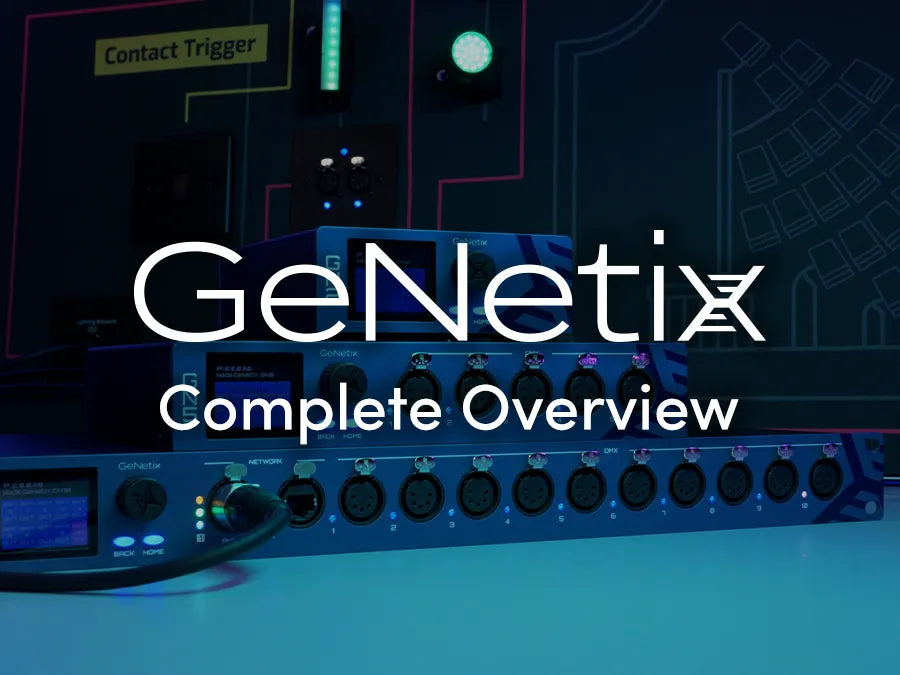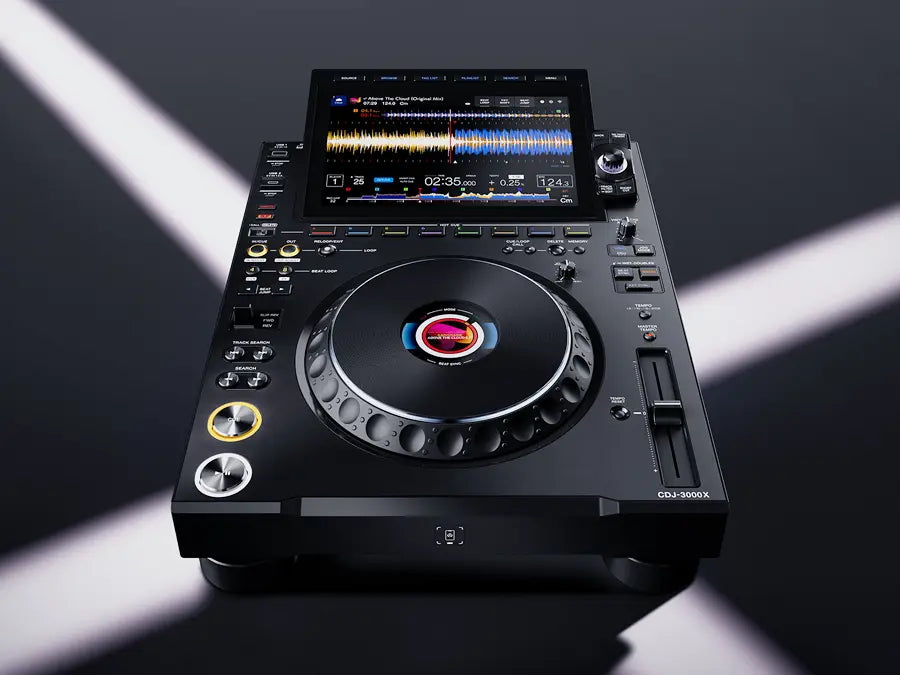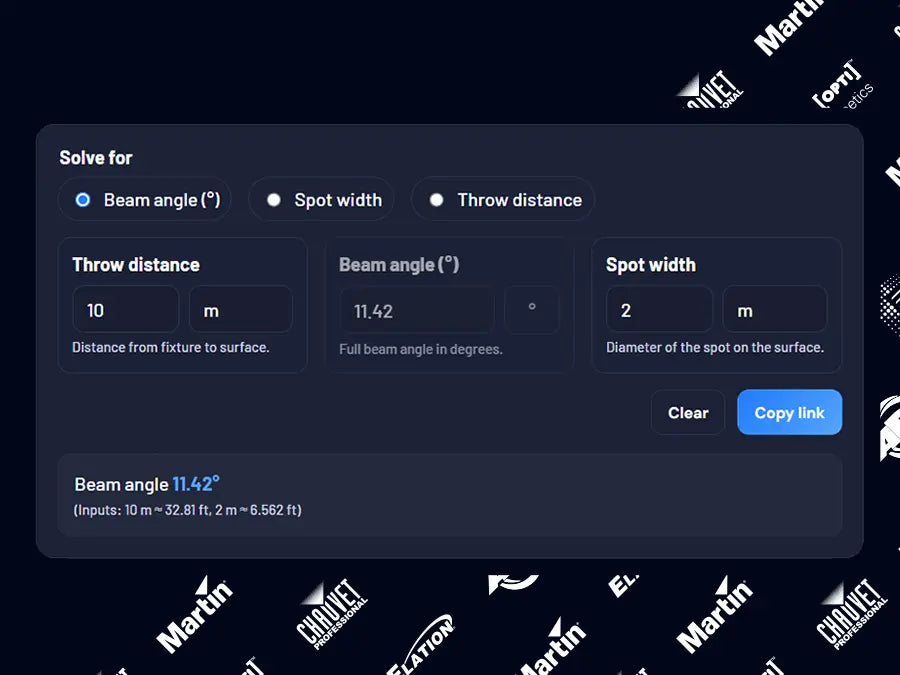Ever wondered what different microphone polar patterns actually mean? Which applications they’re best used for? Or even the names of the different polar patterns? You’re not alone, many people don’t even know that microphones can capture sound in a variety of ways.
What are Microphone Polar Patterns?
Microphone Polar Patterns (or Pickup Patterns) are the way microphones capture sound, describing how sensitive a microphone is to soundwaves coming from a variety of different angles. There are 6 main polar patterns in microphones and choosing the correct mic for your application can be the difference between crisp audio and poor-quality audio.
What are the different Microphone Polar Patterns?
There are 6 main microphone polar patterns:
- Cardioid
- Supercardioid
- Omnidirectional
- Bidirectional (Figure of 8)
- Hypercardioid
- Lobar (Shotgun)
So, what’s the difference between these polar patterns? Let’s explain…
Cardioid Polar Pattern
Cardioid microphones are the most commonly used microphones in many industries, but why is that and what are their applications?
A cardioid microphone has the majority of its sensitivity at the front, with the least sensitive location being the back of the microphone, allowing the mic to reject any ambient noise, reducing the risk of picking up feedback from your PA speakers. You might be asking, which polar pattern is best for vocals? Cardioid is great for live vocalists as they would want their microphone to be capturing their voice and not the noise of the crowd in front of them.
As well as being great for live audio, cardioid microphones are also ideal for studio recording or even in rooms with poor acoustics by placing the microphone close to the sound source (Close-miking).
Supercardioid Polar Pattern
Supercardioid, as the name suggests, is a variation on the cardioid polar pattern, but with a much narrower pickup pattern at the front of the microphone, making it more directive than the standard cardioid pattern.
Having a tighter pickup pattern at the front of the microphone results in higher output and a slightly reduced rejection from the rear, meaning some audio will possibly be captured from behind the mic.
But when should you use supercardioid instead of a cardioid microphone? Supercardioid microphones are excellent for sound isolation, generally resulting in higher gain before feedback. This means they work really well for focusing on a particular sound source in a loud environment, such as a vocalist recording with a band in a studio. This also means they’re great for gooseneck, hanging/ceiling and boundary mics, as well as lapel & headmics.
Omnidirectional Polar Pattern
The word ‘Omnidirectional’ can be broken down into two halves; Omni, meaning all and ‘Directional’ relating to or indicating the direction in which someone or something is situated or moving. Together you can understand that an omnidirectional microphone is sensitive to sound in every direction around the mic.
Omnidirectional mics are ideal for lavalier mics as the user can be constantly moving their head without having the fear of not being picked up by the mic. This also makes them ideal for hanging/ceiling and boundary microphones as they pick up audio from the entire room. They’re also perfect for studios due to their controlled environment, creating a more natural sound for a single vocalist. On the other hand, you have to be more thoughtful using an omnidirectional mic on-stage or where speakers are being used as the microphone can pick up the ambient noise or be prone to feedback.
Bidirectional (Figure of 8) Polar Pattern
A bidirectional microphone simply has a polar pattern that picks up audio equally in only two directions, the front and rear of the mic. This pattern is often called ‘Figure of 8’ due to its pickup shape and is common in large diaphragm and ribbon microphones.
Microphones with this polar pattern are often used when maximum side rejection is essential, or even in conversational environments when two individuals are sitting directly opposite from each other. In comparison, a bad use for this polar pattern is when you need to isolate single-sound sources in loud or busy environments.
Hypercardioid Polar Pattern
The hypercardioid pattern is a mixture of the cardioid and bidirectional (Figure of 8) polar patterns, with a large frontal lobe and smaller rear lobe. A major benefit to hypercardioid microphones, compared to cardioid and supercardioid, is they really isolate the sound source it’s pointing towards while having a lower sensitivity to sound at the sides.
A drawback of this polar pattern is it can be sensitive to vocal plosives, creating vocal ‘pops’ which can ruin your audio. For this reason, it’s always best to use a pop filter to soften harsh vocal sounds. Compared with supercardioid the hypercarioid pickup pattern has a much narrower pick-up area at the front of the mic, but is more sensitive to rear sound sources.
Lobar (Shotgun) Polar Pattern
Microphones with a lobar polar pattern are the ideal mics for situations where ultimate directionality is required. It’s also one of the most interesting and intriguing polar patterns as it’s typically a supercardioid or hypercardioid capsule located down an acoustic tube. These tubes can vary in length, with longer tubes increasing the directionality of the microphone. This essentially cuts out the majority of side sensitivity and only captures audio from the area directly in front of the microphone. This makes this polar pattern extremely useful for applications like film and television because they can pick up individuals clearly without the threat of capturing any unnecessary background noises.
Contrarily, a microphone with a lobar polar pattern would perform extremely poorly in applications where you’re trying to capture the ambience of a room or as a fixed mic with a moving audio source.
Final Thoughts
To achieve the best results possible It’s important to not only understand your application and what you need from your microphone but also the environment you will be recording in. Whether you’re working in a studio, at a live event (be it music or presentation) or a TV production set, you can now understand the basics of polar patterns and more importantly, you now know which microphones not to use in your application.






